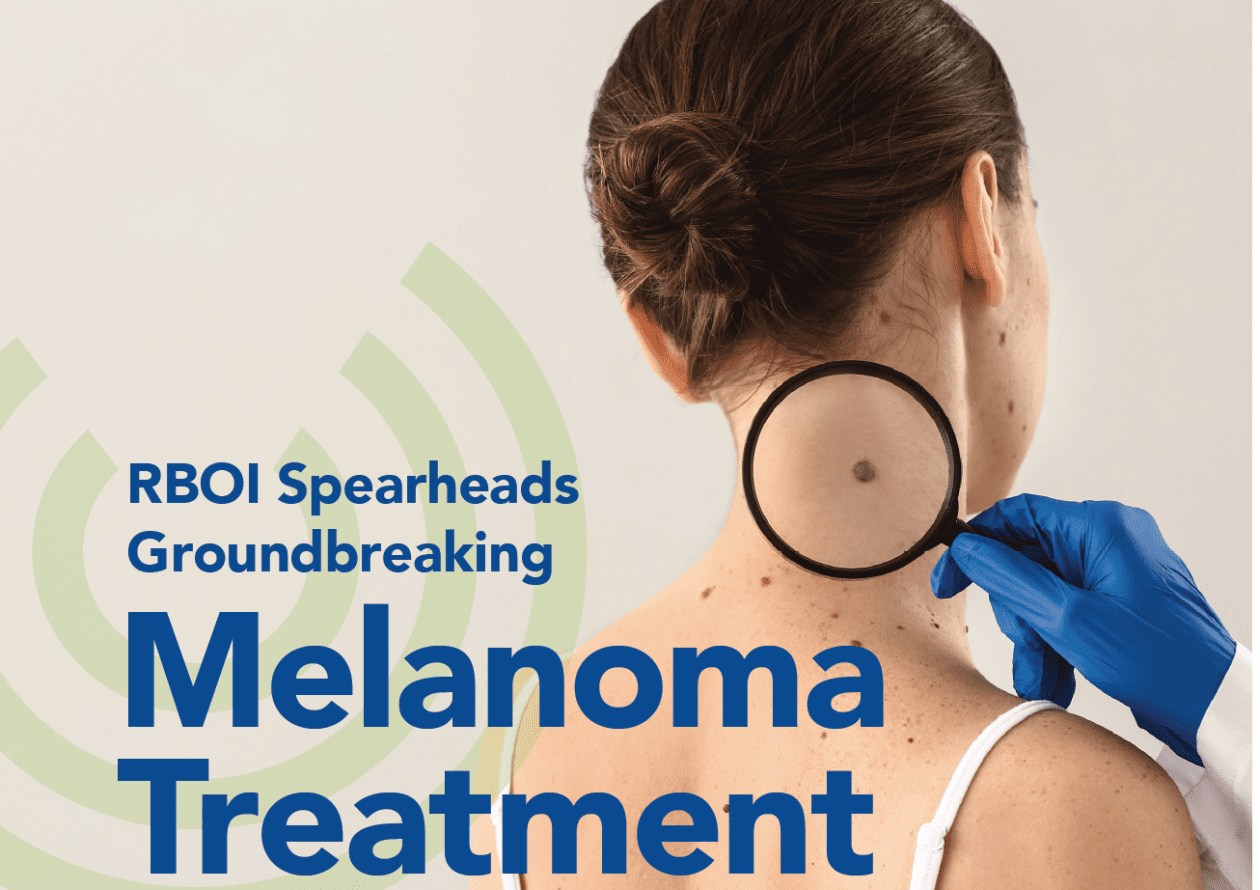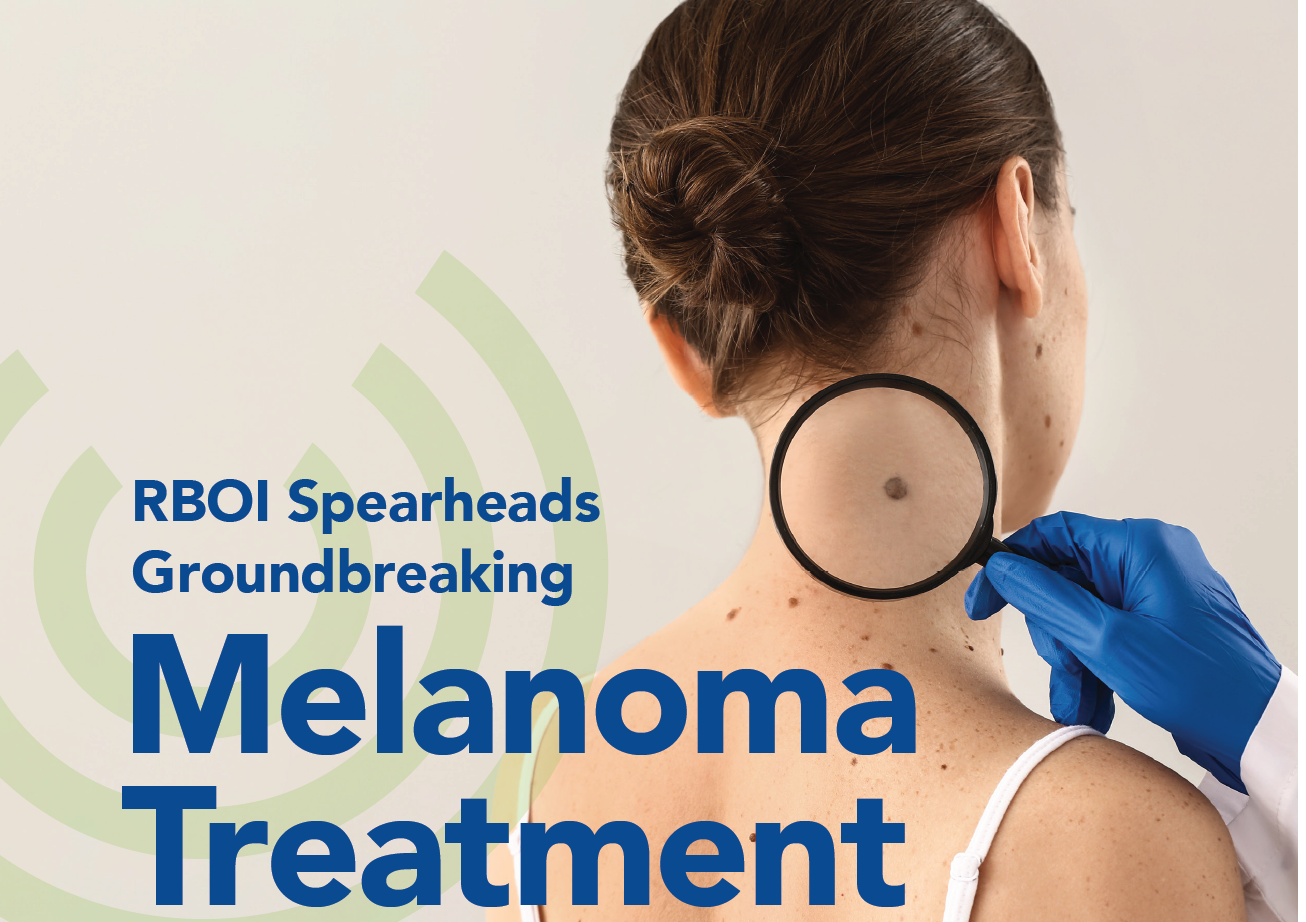

More than 59,000 people worldwide die each year from metastatic malignant melanoma. For almost half a century, this aggressive disease has been resistant to radiation.
However, research led by Dr. Norman Anderson at the Robert Boisonneault Oncology Institute has shown that giving frequent, very low radiation doses can eliminate all signs of the disease, reduce side effects significantly, and extend patient survival, for a small fraction of the cost of other treatments.
More than 20 years ago, Anderson had successfully treated a man whose metastatic melanoma had produced 23 brain lesions. Today that man remains cancer-free, with no adverse radiation effects. That discovery led to a study with 19 patients, whose melanomas together had metastasized to the brain, other areas of the head, neck, lung, abdomen, liver, pelvis, and extremities, along with lymph nodes. They had all exhausted their other treatment options.
Each patient received twice-daily, low-dose radiation, and all experienced complete remission. In addition, the repeated radiation may have led to an immune response that eliminated tumors outside the treatment area.
“The use of twice-daily treatment for malignant melanoma is a radical change from what is considered ‘state of the art,’” Anderson says. He adds that their improved survival is significant, especially without the use of immune or targeted therapy. “The occurrence of further disease elsewhere over time is markedly diminished, if not eliminated, now approaching and beyond 10 years for some patients.”
Dr. Anderson adds that further study may determine whether immunotherapy, combined with this approach, can lead to a cure. Call RBOI to learn more.
Skin Cancer: Know the Signs
The marks on our skin change over time, from aging or from seasonal variation, but also from skin cancer. How can you tell when you should see your doctor?
Learn your skin patterns. Skin self-exams work best in a well-lit room before a full-length mirror. Use a hand-held mirror for hard-to-see places like the backs of your thighs. Examine all areas, including your palms and soles, scalp, ears, nails, and back.
Changes in how your skin looks or feels could be a cancer warning sign. Signs include skin that is red, swollen, scaly, or crusty, that feels itchy, tender, or painful, or that is oozing and bleeding.
Key warning signs for basal cell and squamous cell carcinomas include a new growth, a spot or bump that grows larger, or a sore that doesn’t heal within a few weeks. Key warning signs for melanomas also include mole changes. Tell your doctor if something doesn’t look right.

Write a comment: